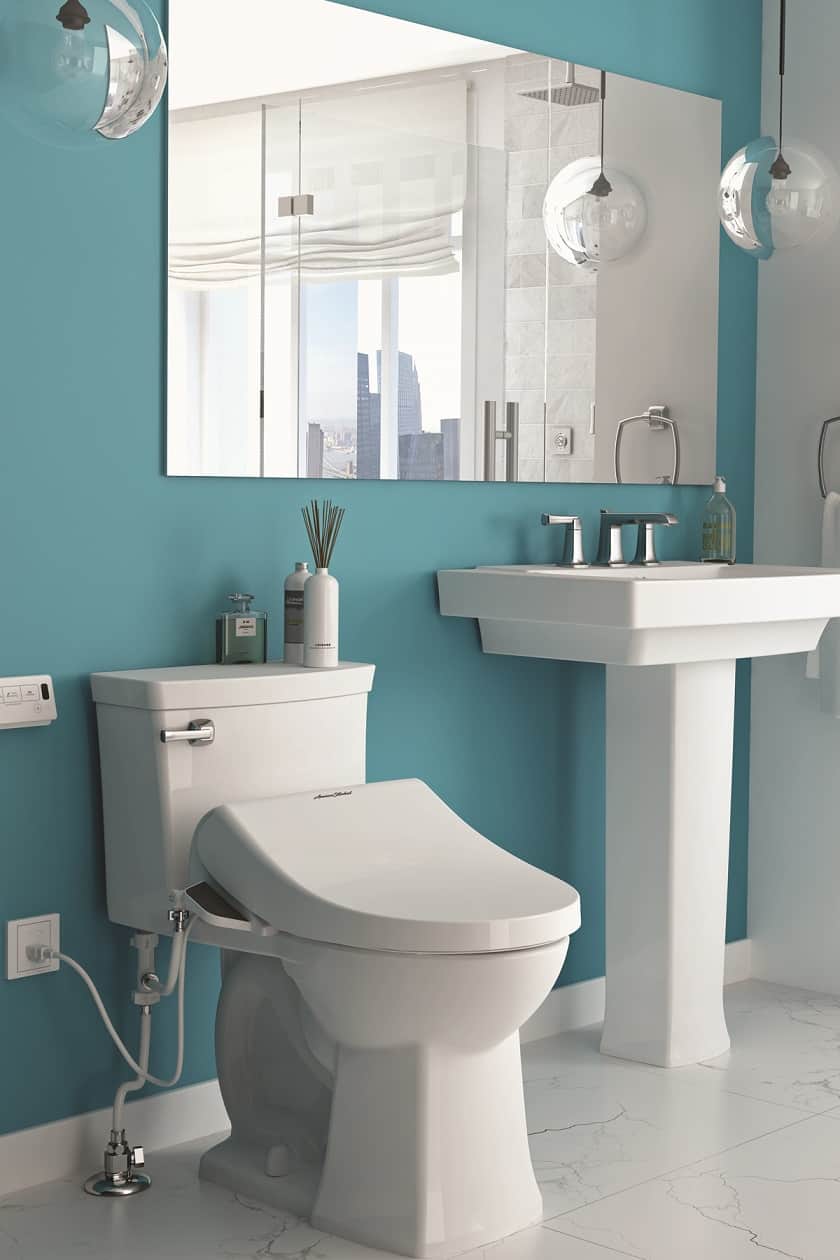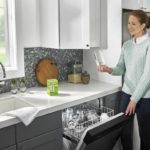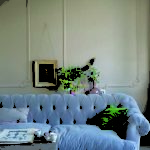While the toilet has long performed a fundamental function in the home, its role as a civilizing influence is largely ignored. That’s a pity, because the history of personal hygiene is fascinating.
In The Dirt on Clean author Katherine Ashenburg explains how much has changed about the way we view cleanliness. Early Visigoths, for example, thought hot water was for sissies, while the French Court believed warm water spread disease. Victorian England, she reports, feared too much cleanliness would encourage licentiousness (ahem, that means s-e-x).
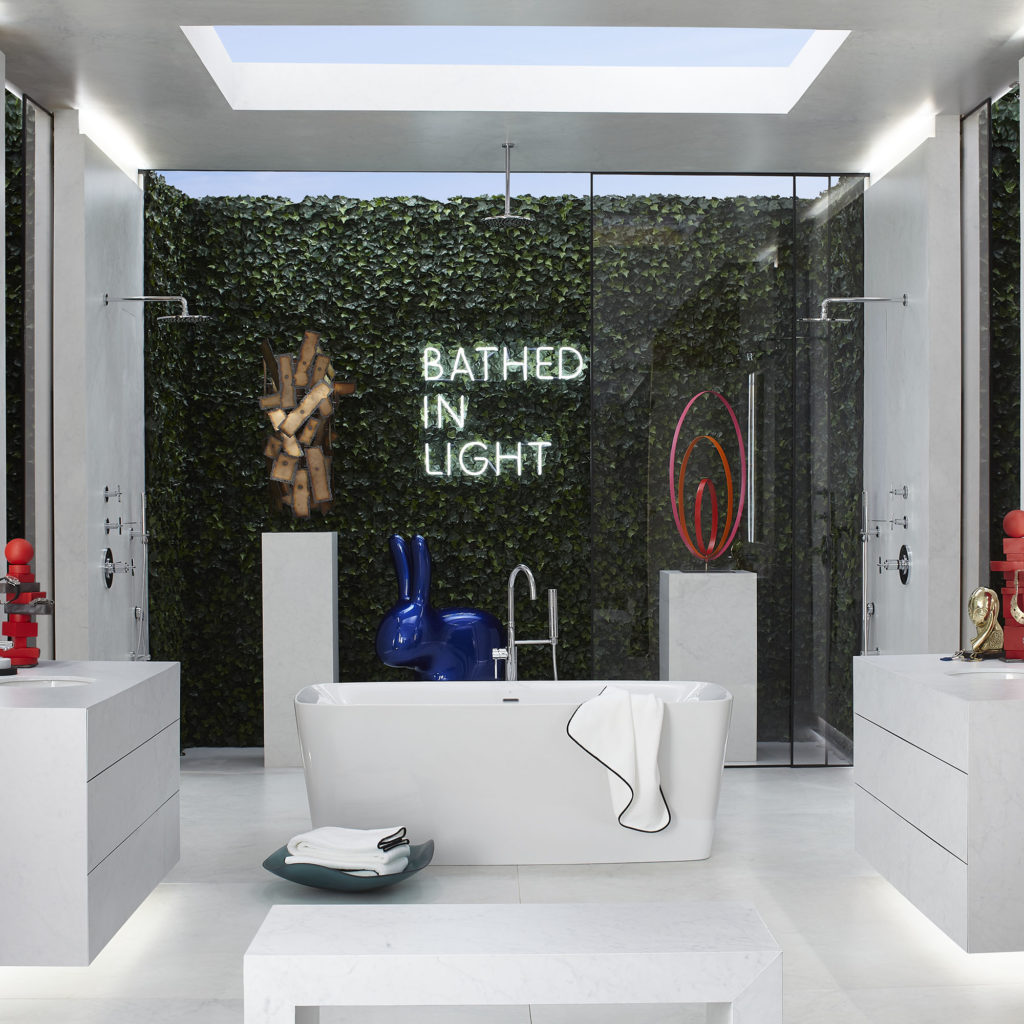
The history of human hygiene changed forever with the invention of the flush toilet in 1595. Early bathrooms, or “garderobes”, were basically rooms with pipes that allowed waste material to flow out onto the ground. Yuck. According to the Smithsonian, the flush toilet wasn’t in widespread use until the 1850s.
Over time, the bathroom became more and more sophisticated, both in function and design. Now it holds an almost mystical space in home design, having become a sanctuary of solitude, a place of escape, a chapel of wellness. Interestingly, new technology may be set to take both the form and function of the bathroom up another step in the evolutionary design ladder.
I refer to the bidet – the small, seat-shaped basin that sits beside a toilet and has a water source for cleansing after elimination. The French and Italian sometimes argue about who invented it (no wonder – a convenient place to tidy up with water after using the toilet is indeed a genius idea) but there’s no doubt the bidet has been standard bathroom issue across much of Europe for a few centuries.
Today, bidet functions are being cleverly incorporated into higher-end toilets and toilet seats that can be retrofit onto existing toilets. American Standard, for example, has designed a line of toilets and seats that offer all the benefits with less complicated plumbing and better use of floor space.
Note: American Standard compensated me for creating content on this topic, and provided me with a bidet seat. They did not direct my views, or review this material.
American Standard’s Advanced Clean line offers several bidet options, including the 3.0 SpaLet bidet seat. The Man of the House (MOTH) installed one an existing elongated American Standard toilet while I was away on an overnight trip, and he happily reported that it was a relatively routine DIY job. MOTH also explained that the bidet function is fed from a retractable nozzle using water that comes off a branch of the main water supply to the toilet, and not from the toilet bowl itself!
Temperature, strength, and direction of water flow is adjustable with a small, discrete, wall-mounted unit with easy-to-understand instructions and clear graphics.
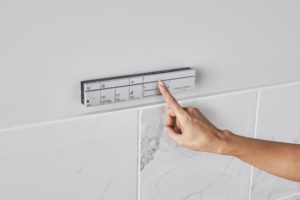
There’s also a deodorizing feature and a setting to clean the nozzle. My model has a heated seat — a feature I may come to appreciate on a cold winter morning. A drying function can reduce use of toilet paper.
American Standard also sells a bidet toilet; the Advanced Clean 100 SpaLet shares many features with the seats, and has automatic flush settings, as well as an auto open/close lid and seat. Cost is around $5,100.
I’m not alone in my new-found enthusiasm for the bidet. TreeHugger’s eco expert Lloyd Alter is a fan, writing that using a bidet is not only pleasant, but environmentally friendly. It reduces, he says, water use, and the need for toilet paper and can, which can save some of the 384 trees that are cut down to make a lifetime toilet-paper supply for one person.
Gynecologist Jen Gunter, whose runaway best-seller The Vagina Bible has loads of practical, fact-based advice about all things female, suggests cleaning in a bidet is a good alternative to the wet wipes that are specifically marketed to women for personal hygiene. Not only can those kinds of wipes clog septic systems, they often also contain chemicals that aren’t terrific for either human skin or the water table.
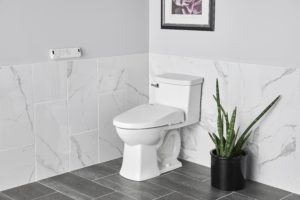
At around $1,990, the 3.0 SpaLet is definitely an investment, but I have this to say about that: I test a lot of products. Once every ten years or so I find something that I swear I will henceforth always use in any room design it fits. The last game-changer for me was the hands-free faucet, which I now can’t image not having in a kitchen or mudroom. This decade it’s the bidet seat. Practical, relatively affordable, a wonderful enhancement to personal hygiene, I think it’s a brilliant bit of bathroom tech.
I don’t think I’d design a bathroom without one, and I’d happily cut back on other fixtures and finishes to squeeze one into the budget, thinking of it as my small contribution to a cleaner, more civilized world, and wellness treat for myself.

